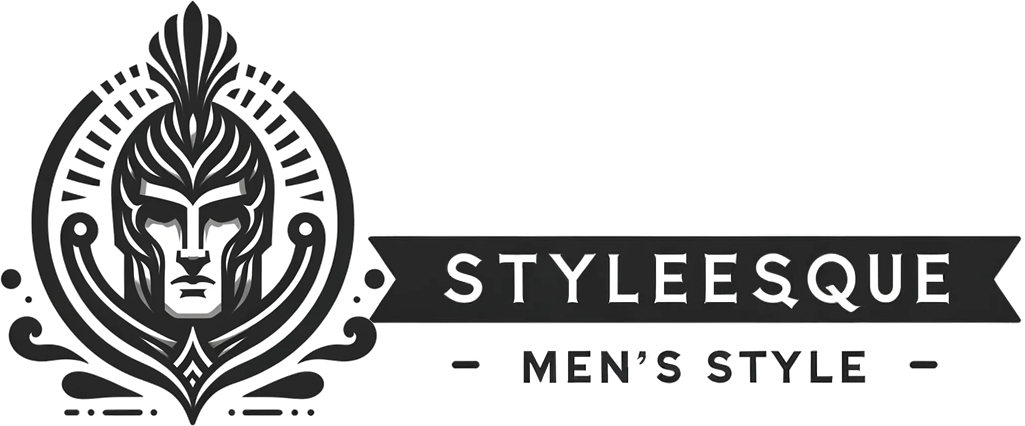The Importance of Tailoring: Perfecting Your Fit
Published Monday, July 8, 2024 By Styleesque Staff

Common Tailoring Mistakes to Avoid
Tailoring can transform a garment into a perfect fit, but common mistakes can prove detrimental. Awareness of both poor fit and the dangers of over and under tailoring is crucial.
Identifying Poor Fit and Discomfort
A poor fit often results in clothing that’s either too tight or too loose, leading to discomfort. Tight garments can restrict movement and create an unflattering appearance, while loose clothing may appear baggy and shapeless. Ensuring the right fit involves checking critical areas like the shoulders, chest, waist, and sleeves.
Clothing should hug the body comfortably without pulling or sagging. Additionally, attention to minor details such as sleeve length and hemline affects an outfit’s elegance. Neglecting these aspects often leads to a disjointed look, making it essential to consider the harmony between different garment parts.
The Pitfalls of Over and Under Tailoring
Over tailoring can make garments appear too tight, restricting natural movement and making them uncomfortable. This often results in an awkward, squeezed look that is unflattering. On the other hand, under tailoring fails to provide the desired refinement, leaving clothes looking generic and shapeless.
Achieving a balance between these extremes is key to attaining a polished, tailored appearance. It’s important to avoid excessive alterations that distort the garment’s original design but also ensure the adjustments are sufficient to contour the body. Professional consultation with a skilled tailor can guide appropriate changes while maintaining comfort and style.
Accessorizing with Tailored Clothes
Accessorizing tailored clothes enhances the overall appearance, allowing men to express their personality and style. Key elements like shoes, belts, and other accessories are essential in creating a cohesive and polished look.
Choosing the Right Shoes and Belts
Selecting the right shoes and belts is crucial for complementing tailored garments. Shoes should match the formality of the outfit, with options like oxfords or brogues for formal occasions and loafers for more casual settings. Colors should harmonize well with both the suit and belt, typically favoring classic tones like black or brown.
Belts must fit the waist properly and ideally match the color and material of the shoes to create a cohesive appearance. A belt that’s too long or short can disrupt the overall look. For formal wear, leather belts with simple buckles work best, while casual settings allow for more texture and variety.
Coordinating Accessories for a Polished Look
Accessories such as ties, pocket squares, cufflinks, and watches can significantly enhance a tailored outfit. Ties should coordinate with the shirt and suit, avoiding overly loud patterns that clash. Pocket squares offer a pop of color or pattern and should relate but not necessarily match the tie.
Cufflinks add elegance and are best suited for formal and business settings. Watches should reflect the occasion: sleek and minimalistic for formal events, more relaxed styles for everyday wear. Wearing too many accessories can overwhelm the outfit, so balance and subtlety are key for achieving a polished look.
